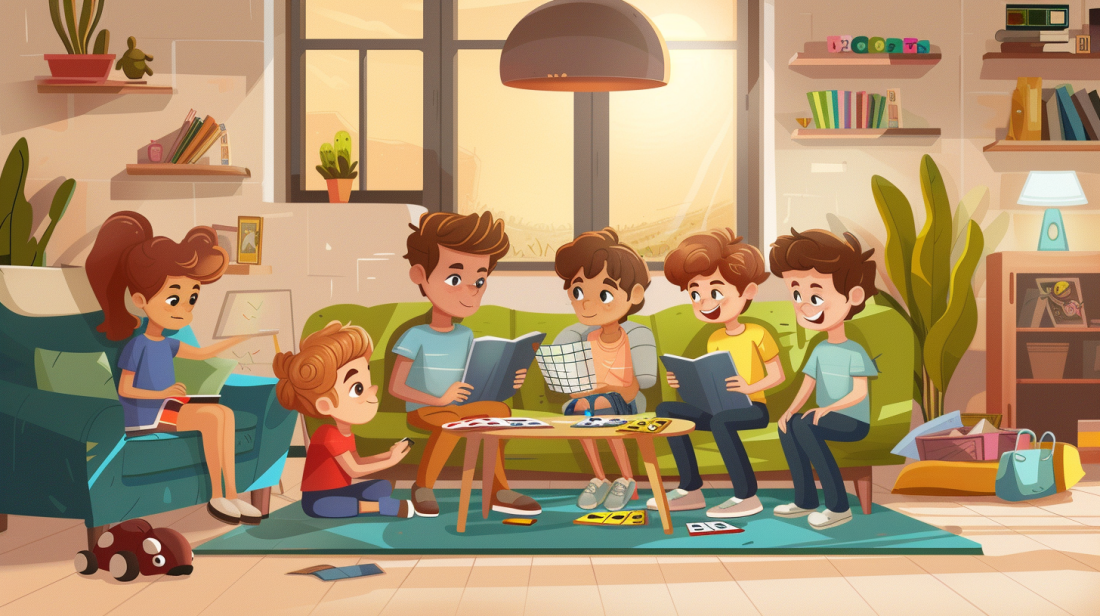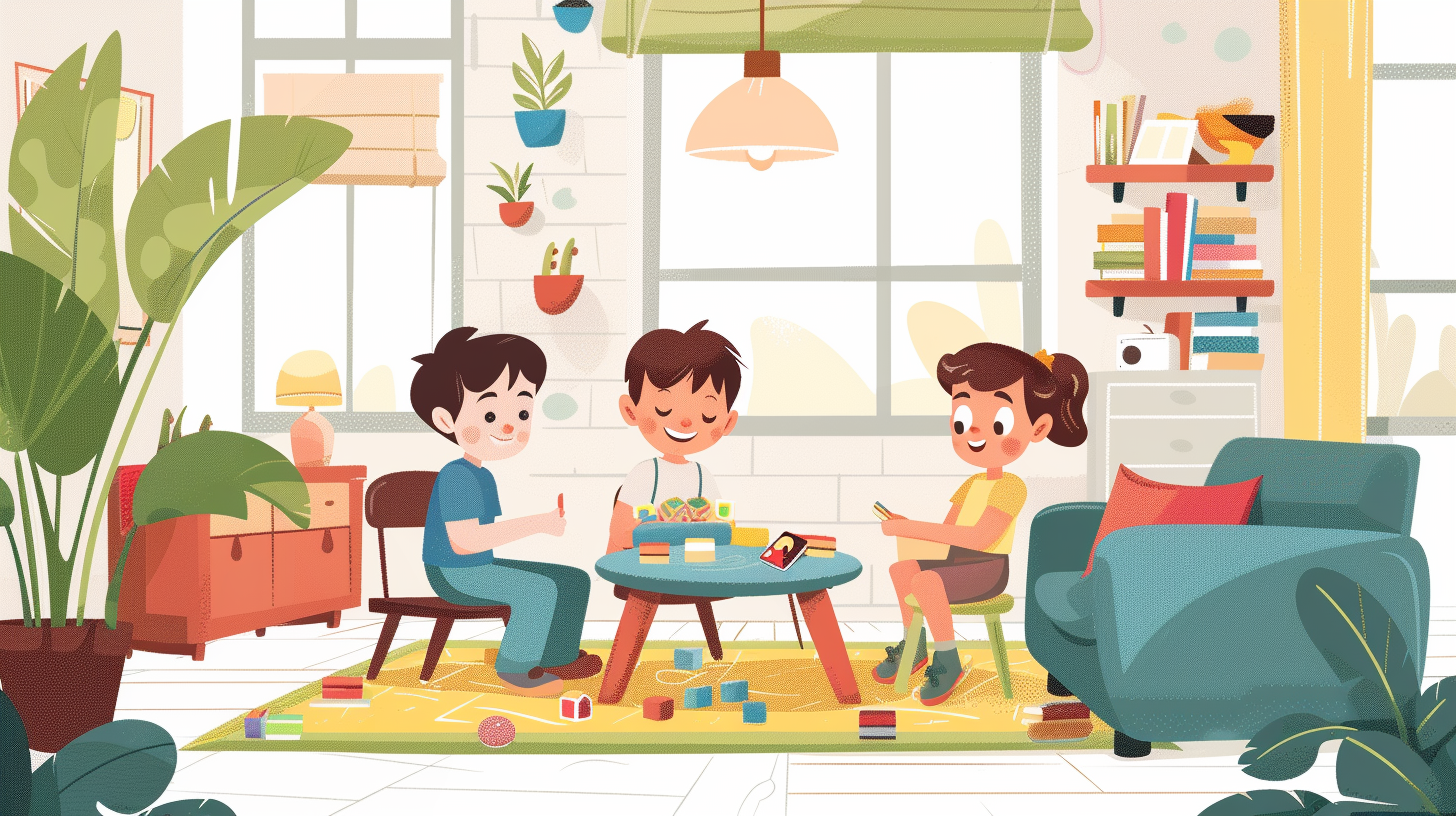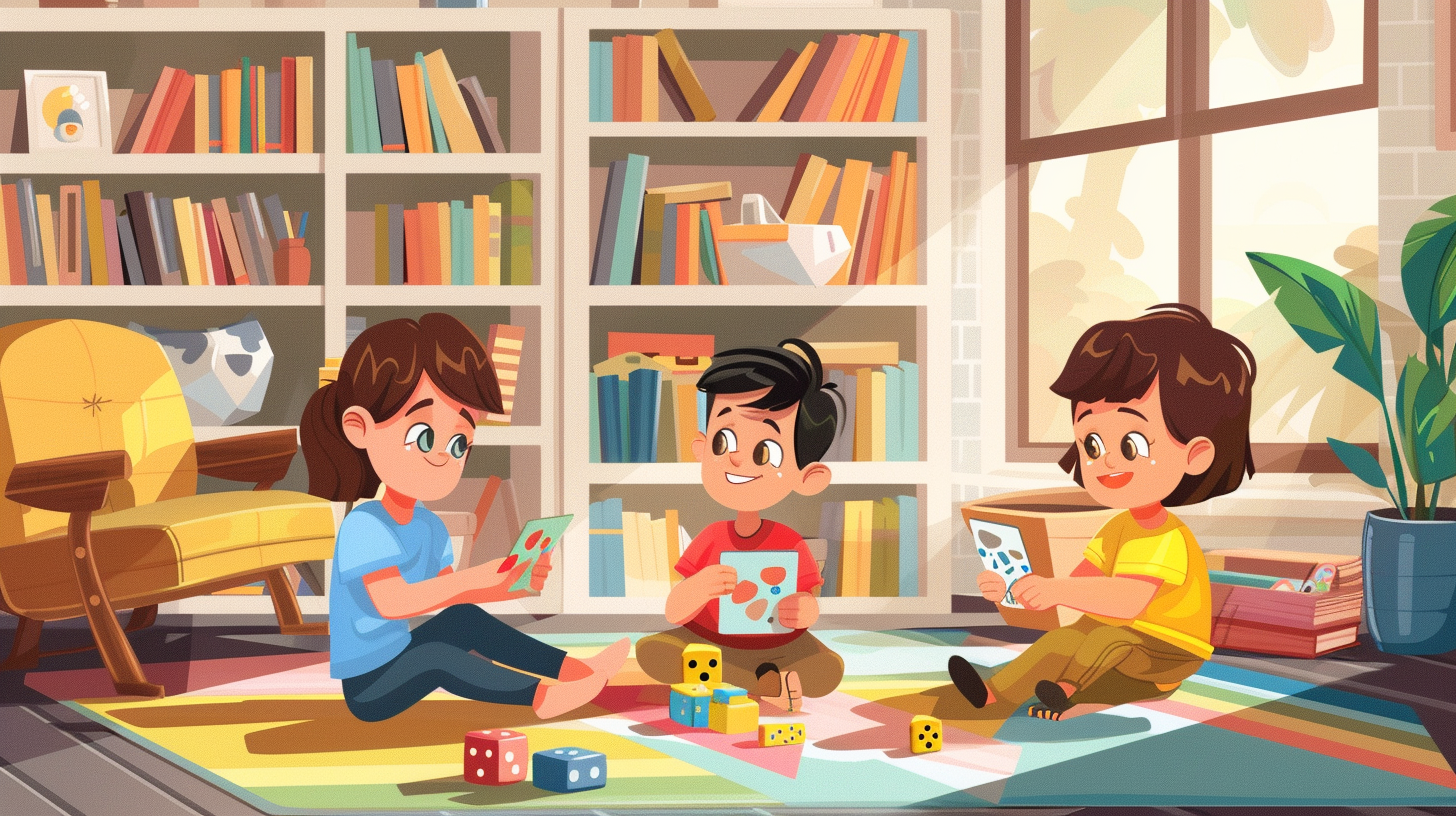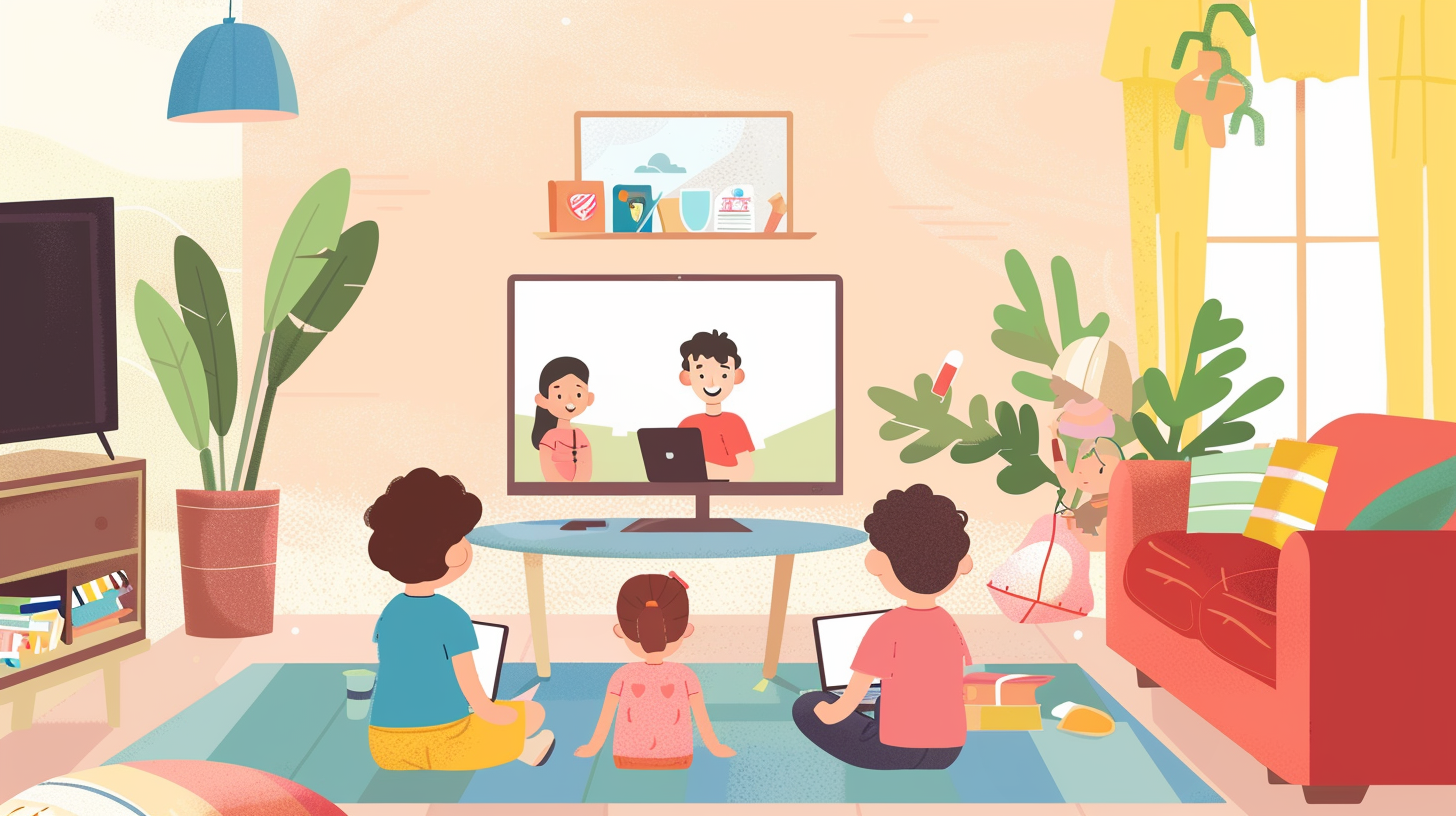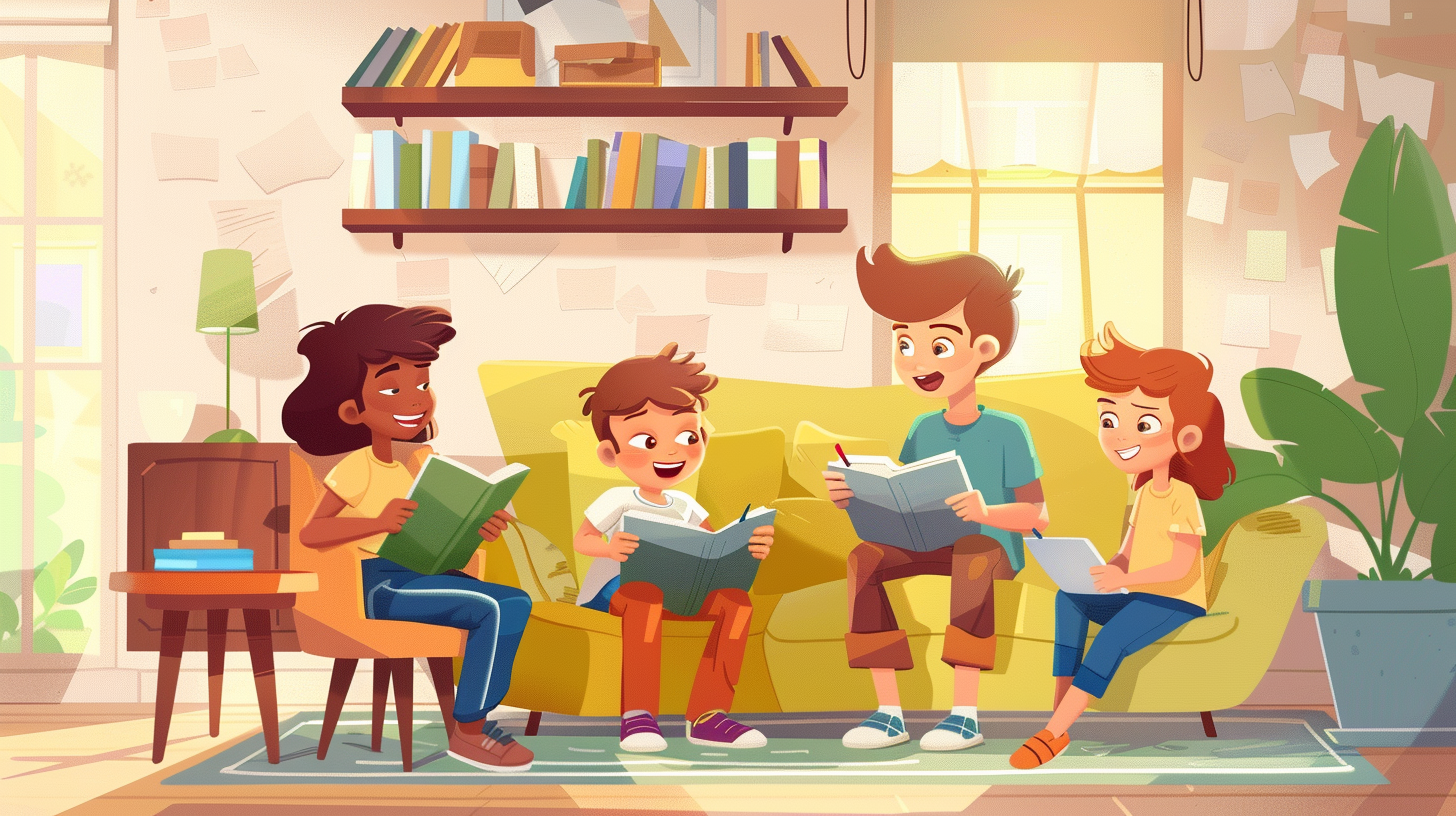Learning history can be dull and tedious for many students, as they often struggle to connect with the subject matter and find it unengaging.
However, by incorporating fun and educational object lessons into your history curriculum, you can breathe new life into your classroom and captivate your students’ attention.
In this blog post, we’ll explore 15 innovative and hands-on activities that will make learning about the past an exciting and memorable experience for your students.
From interactive games and thought-provoking discussions to immersive role-playing and creative projects, these object lessons will help your students develop a deeper understanding and appreciation for history.
So, let’s dive in and discover how you can transform your history lessons into an engaging and educational adventure that your students will love.
Object Lessons for Understanding Historical Concepts
1. Timeline Creation
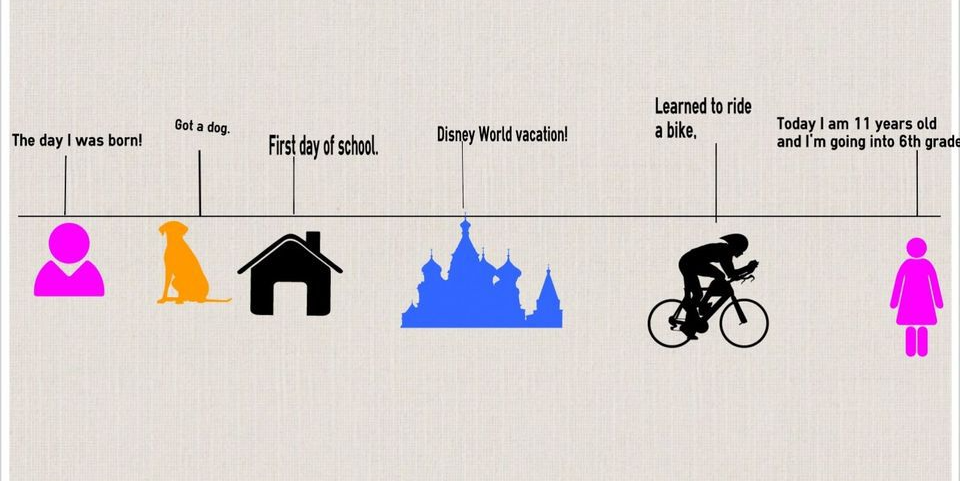
Timelines are excellent tools for helping students visualize the order of events and grasp the chronological connections between them.
By creating timelines, students can better understand the flow of history and how one event leads to another.
| Activity | Tool/Method | Example | Focus Area |
|---|---|---|---|
| Design a classroom timeline mural | Manual creation on the classroom wall | World War II Timeline | Major battles, political events, technological advancements |
| Utilize digital tools for timeline creation | TimeToast or Sutori | Timeline of Inventions during the Industrial Revolution | Impact on society and the economy |
2. Mind Mapping
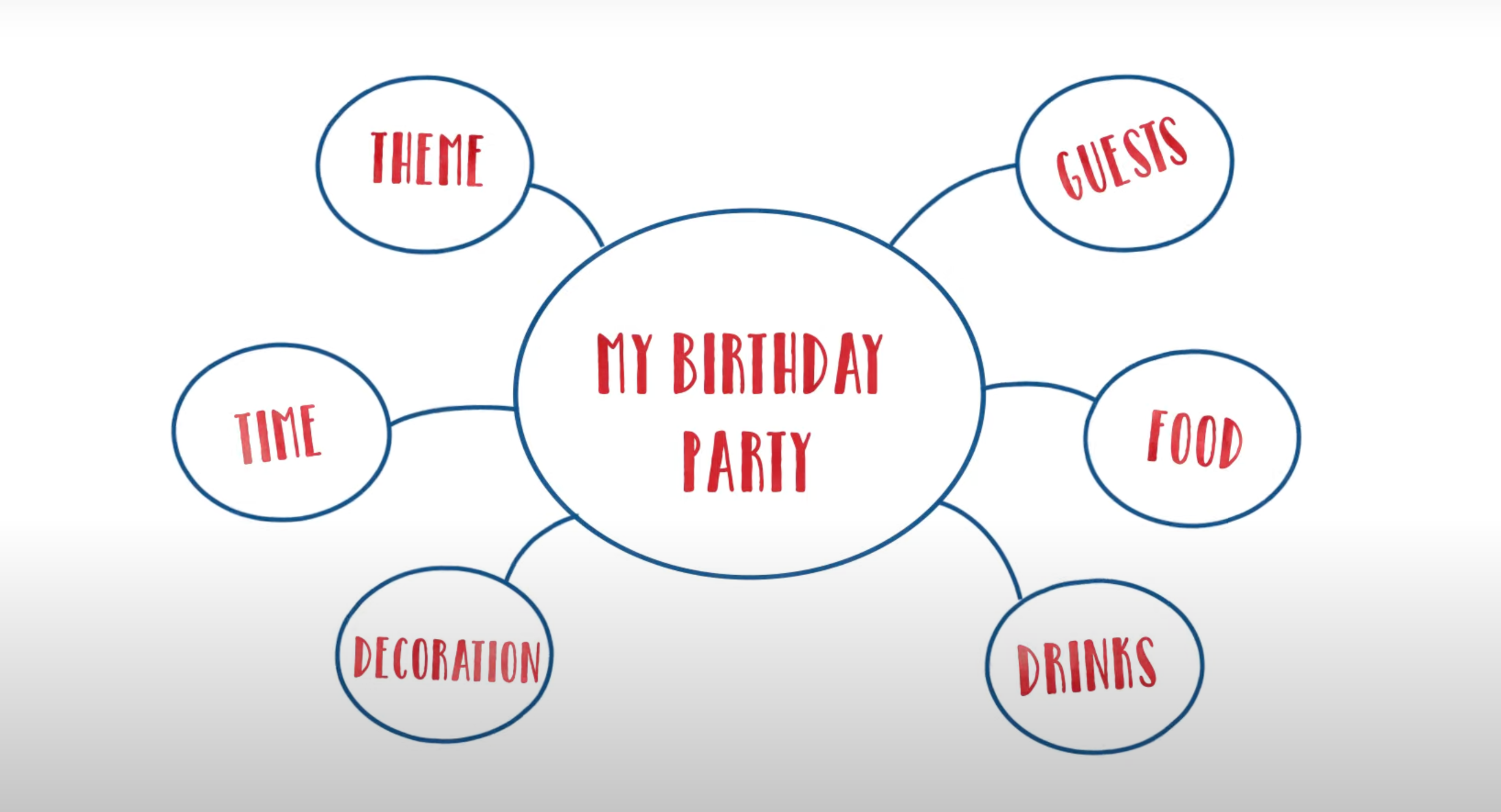
Mind maps help students organize information and understand the relationships between historical events and their broader effects.
By visually representing connections, students can better comprehend the complexity of historical topics.
| Activity | Tool/Method | Example | Focus Area |
|---|---|---|---|
| Create paper-based or digital mind maps | Manual or digital creation | Mind map of World War I | Alliances, key battles, political outcomes, social changes |
| Use software for collaborative mind mapping | MindMeister or Coggle | (Same as above for consistency) | Encourages sharing ideas and insights on historical events |
3. Interactive Quizzes
Quizzes are an engaging way to reinforce knowledge retention and make learning about historical periods fun and competitive.
They encourage students to recall facts and think critically about their learned information.
| Activity | Tool/Method | Example | Focus Area |
|---|---|---|---|
| Develop pop quizzes | Kahoot! or Quizizz | Quiz on the Age of Exploration | Review of famous explorers, routes, discoveries, and impacts on indigenous populations |
| Create a quiz-based scavenger hunt | Physical or digital scavenger hunt | (Related to the Age of Exploration) | Encourages active learning and physical engagement to find historical information |
4. WebQuests
WebQuests provide a structured approach for students to use the internet to investigate historical topics in depth.
They promote critical thinking, research skills, and the ability to synthesize information from multiple sources.
| Activity | Tool/Method | Example | Focus Area |
|---|---|---|---|
| Design WebQuests | Digital research and presentation tools | WebQuest on Greek Mythology | Research, analysis, and creative presentation of historical topics |
| Incorporate multimedia resources in WebQuests | Videos, virtual tours, primary documents | (Related to Greek Mythology) | Enhances the depth and engagement of the WebQuest experience |
Object Lessons for Engaging with Historical Content
5. Crossword Puzzles

Crossword puzzles offer an enjoyable way to reinforce key vocabulary and facts about historical periods.
By challenging students to recall information and make connections, crosswords help solidify their understanding of the subject matter.
| Activity | Tool/Method | Example | Focus Area |
|---|---|---|---|
| Design crosswords | Crossword creation tools | Crossword on the American Revolution | Incorporates historical terms, events, and figures to enhance understanding of historical relationships |
| Encourage group competitions with crosswords | Classroom competitions | (Related to the American Revolution) | Promotes cooperative learning and teamwork through group crossword challenges |
6. Word Search Activities
Word searches can introduce students to new topics by integrating visual clues and thematic words.
They serve as an engaging way to familiarize students with key concepts and pique their interest in the subject.
| Create themed word searches | Word search creation tools | Word search on Ancient Egypt | Integrates images and words related to a historical topic to enhance vocabulary and visual learning |
| Use word searches as a starter activity | Classroom activity | (Related to Ancient Egypt) | Stimulates interest and curiosity and encourages exploration and questioning about the topic |
7. Bingo Games
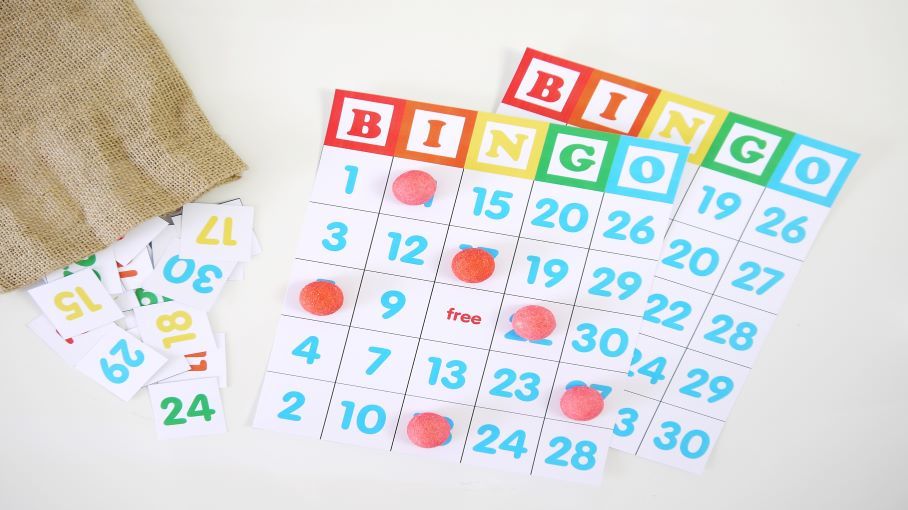
Bingo can be adapted to help students learn and remember historical concepts and terms.
By turning the classic game into a learning tool, teachers can make reviewing material more engaging and interactive.
| Develop bingo cards with historical images and terms | Bingo card creation tools | Roman Empire Bingo | Integrates visual and textual elements from a historical period to enhance understanding |
| Play bingo to review historical material | Classroom bingo game | (Related to the Roman Empire) | Uses interactive gameplay to reinforce knowledge before tests |
Object Lessons for Active Learning
8. Role Playing
Role-playing immerses students in historical contexts, allowing them to experience the perspectives of historical figures firsthand.
By stepping into the shoes of people from the past, students can better understand the motivations, challenges, and decision-making processes that shaped history.
| Activity | Tool/Method | Example | Focus Area |
|---|---|---|---|
| Organize classroom role-play sessions | Role-play scenarios | Debate at the Constitutional Convention | Students act out historical events or debates to gain insights into the perspectives and motivations of historical figures. |
| Use costumes and props to enhance role-playing | Costumes and props | Role-play during the Industrial Revolution | It enhances realism and engagement, helping students understand and empathize with the people of the historical period. |
9. Jigsaw Puzzles
Assembling jigsaw puzzles of historical maps or significant imagery helps students visualize and remember historical geography and events.
The puzzles’ hands-on nature engages students in active learning and promotes spatial reasoning skills.
| Activity | Tool/Method | Example | Focus Area |
|---|---|---|---|
| Create custom jigsaw puzzles | Historical maps or artworks | Puzzles showing Europe before and after major wars | Helps students visualize historical changes and their impacts |
| Use puzzles as a collaborative group activity | Group puzzle assembly | Puzzle of a famous Renaissance painting | Promotes teamwork and problem-solving, enhances understanding of art and cultural history |
10. Memory Games
Memory games aid in retaining key historical figures, dates, and events through repetitive and engaging gameplay.
By challenging students to remember and match information, these games reinforce knowledge in a fun and interactive way.
| Activity | Tool/Method | Example | Focus Area |
|---|---|---|---|
| Develop memory card games | Memory card games | Memory game with U.S. Presidents | Facilitates learning and memorization of historical figures and their significant contributions |
| Incorporate memory games into lesson plans | Regular classroom activity | Match game for inventions during the Industrial Age | Reinforces understanding of historical events and technological impacts through interactive learning |
Object Lessons for Critical Thinking
11. Flashcards
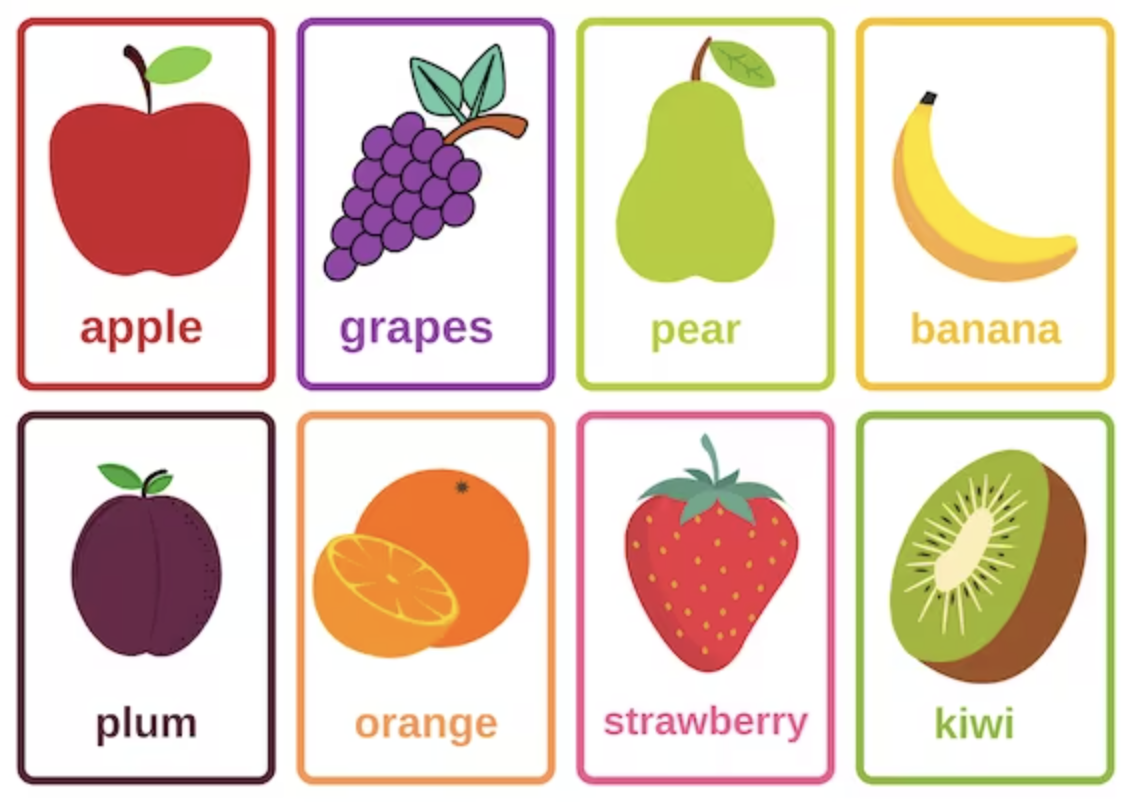
Flashcards can reinforce the memory of historical facts and encourage active recall, serving as a foundation for more complex critical thinking tasks.
By regularly engaging with flashcards, students can better internalize key information, freeing up cognitive resources for higher-order thinking.
| Activity | Tool/Method | Example | Focus Area |
|---|---|---|---|
| Use flashcards for reviewing historical data | Flashcards | Flashcards covering major events and treaties of World War II | Helps students memorize and recall key dates, events, and figures |
| Incorporate flashcard-based games in reviews | Games like “Jeopardy!” or “Around the World” | Flashcards for terms and definitions related to the Civil Rights Movement | It makes review sessions more interactive and engaging, facilitating deeper learning |
12. Before/After Analysis

Comparing historical images or maps before and after significant events helps students understand their impact and develop analytical skills.
By examining the changes that occur over time, students can practice identifying cause-and-effect relationships and drawing conclusions based on visual evidence.
| Activity | Tool/Method | Example | Focus Area |
|---|---|---|---|
| Use digital tools or physical photos for comparisons | Digital tools, satellite images, photos | Analyze satellite images of Berlin before and after the fall of the Berlin Wall. | Visualize geographic or social changes to understand historical impacts |
| Guide discussions on observed changes | Discussion, written reflection | Compare population density maps of a city before and after industrialization | Encourage critical thinking about the causes and effects of historical changes |
13. Randomness Games
Games incorporating random elements introduce unpredictability into learning activities, forcing students to think on their feet and apply knowledge in varied contexts.
By challenging students to adapt to unexpected scenarios, these games help develop cognitive flexibility and problem-solving skills.
| Activity | Tool/Method | Example | Focus Area |
|---|---|---|---|
| Use random generators for quiz questions | Random question generators | Randomly generated questions about lesser-known historical figures | Keeps students engaged and encourages exploration beyond the standard curriculum |
| Implement randomness in role-playing scenarios | Role-playing games with random elements | It is a simulation game about managing a medieval town with random events like plagues or invasions | Tests students’ adaptability and decision-making in historical contexts |
Specialized Activities for Comprehensive Learning
14. Video Quizzes
Integrating video content with quizzes enhances students’ engagement and retention by linking visual learning with active recall.
By combining the power of multimedia with the benefits of testing, video quizzes create a more immersive and effective learning experience.
| Activity | Tool/Method | Example | Focus Area |
|---|---|---|---|
| Create or select historical videos with quizzes | Edpuzzle, Google Forms | Video quiz on the American Civil War | Enhances understanding of historical events through interactive video content |
| Embed questions into video content | Edpuzzle, Google Forms | Documentary-style video on Ancient Civilizations (Egypt, Rome) | Promotes active engagement and real-time assessment of students’ understanding |
15. Split Worksheets
Split-screen digital worksheets facilitate multitasking learning modes, allowing students to engage with textual content while answering related questions, thus promoting comprehension and analytical skills.
Split worksheets present information and questions side-by-side, encouraging students to make connections and apply their knowledge in real-time.
| Activity | Tool/Method | Example | Focus Area |
|---|---|---|---|
| Design digital worksheets with split content | Kami, Google Classroom | Split worksheet on the causes of World War II | Combines reading material with analysis questions to enhance comprehension and critical thinking |
| Use interactive tools to create and assess worksheets | Kami, Google Classroom | Worksheet on the French Revolution timeline | Facilitates real-time feedback and helps students understand historical timelines and their effects |
Conclusion
By incorporating these fun and educational object lessons into your history curriculum, you can transform how your students engage with the past.
From timelines and mind maps that help visualize historical connections to interactive quizzes and role-playing activities that bring history to life, these methods foster critical thinking, creativity, and a deeper understanding of the subject matter.
The hands-on nature of these lessons makes learning more enjoyable and helps students retain information more effectively.
As you plan your history classes, consider integrating some of these object lessons to create a dynamic and immersive learning experience for your students.
By doing so, you’ll equip them with the tools they need to become curious, knowledgeable, and engaged learners who appreciate the relevance and richness of history in their lives.

